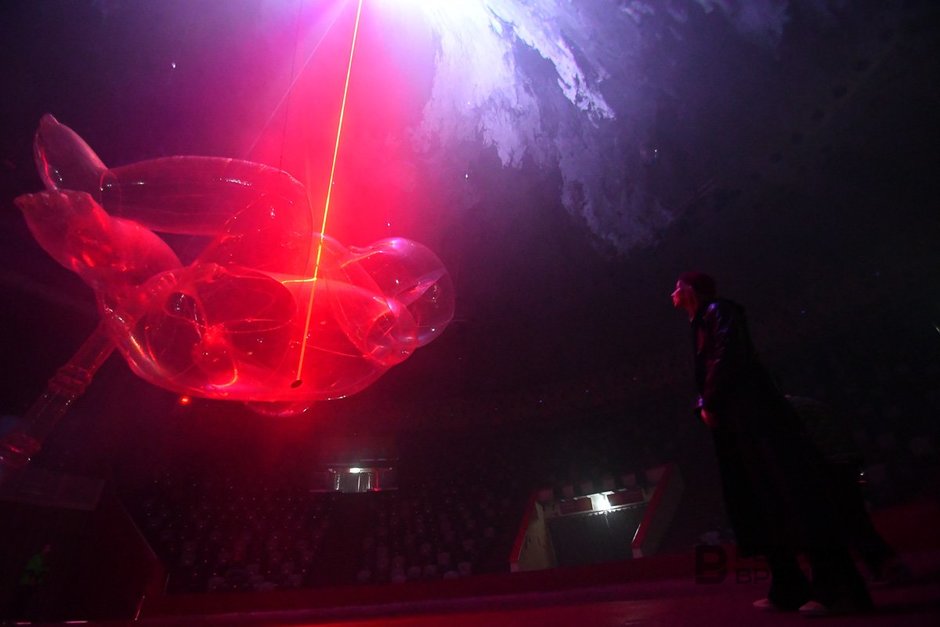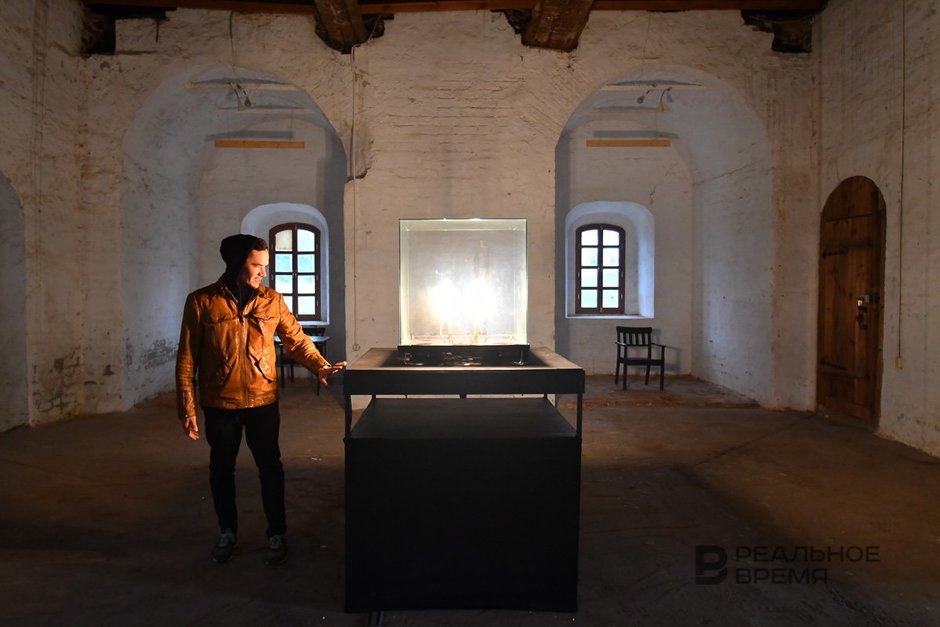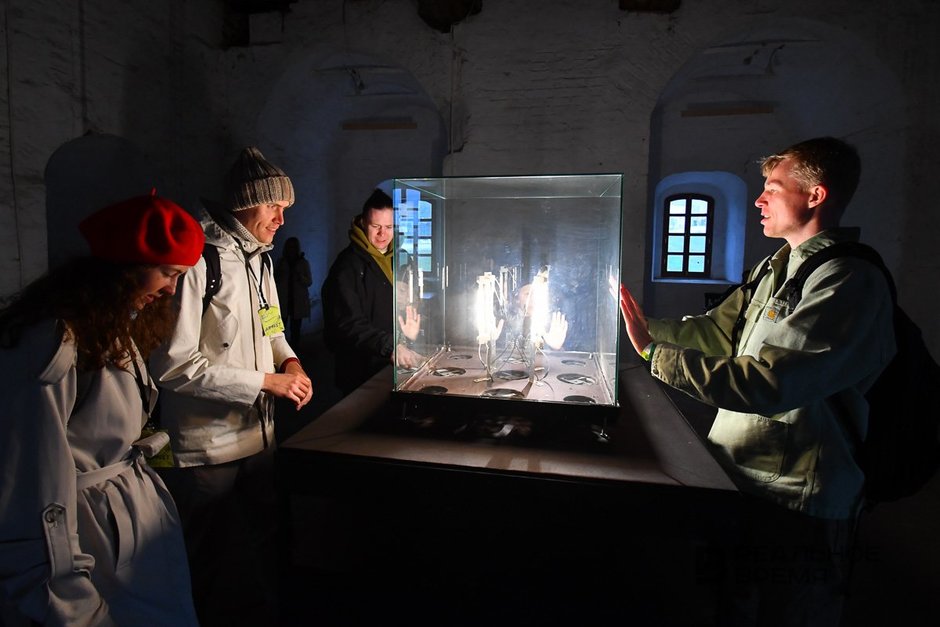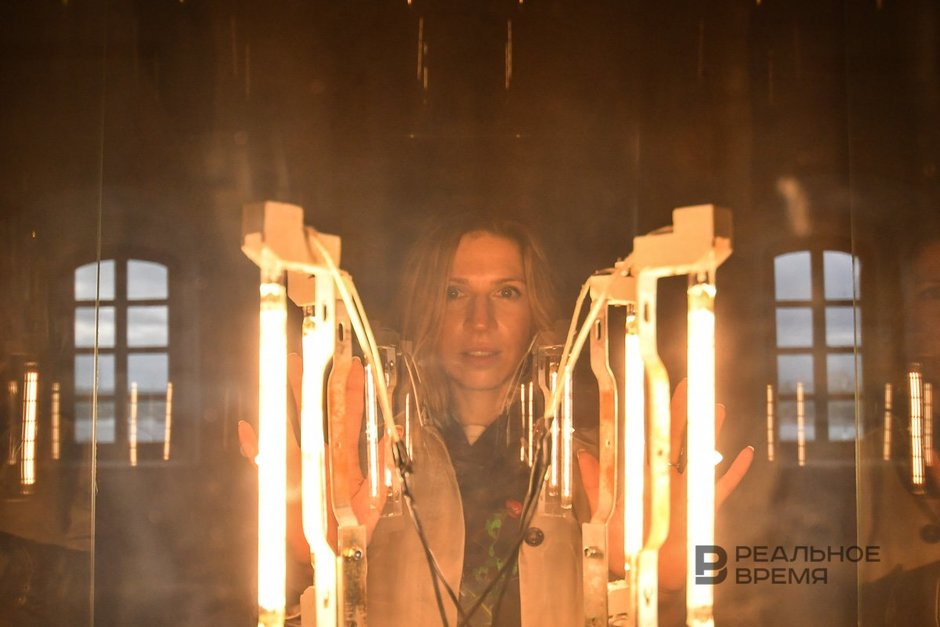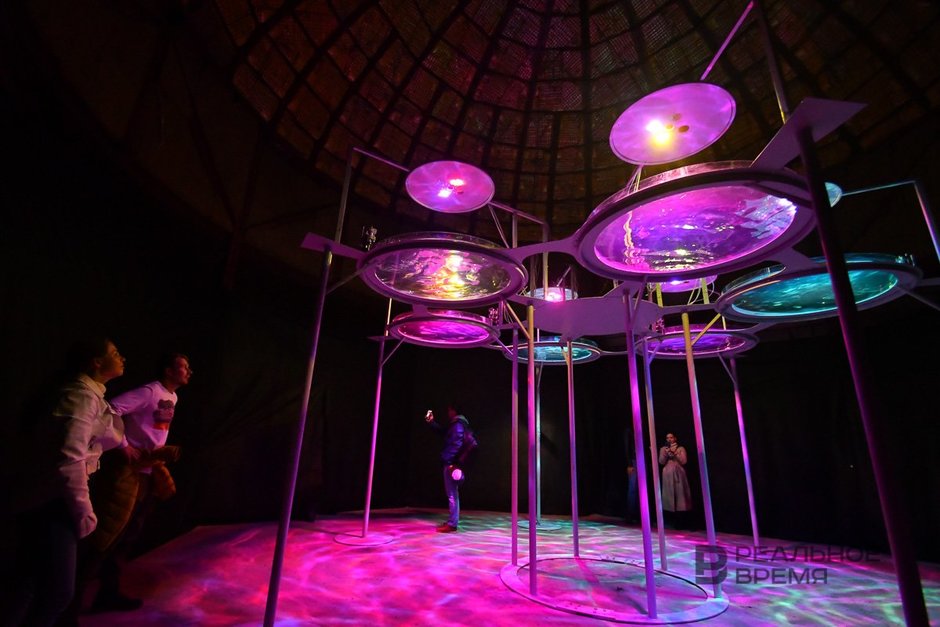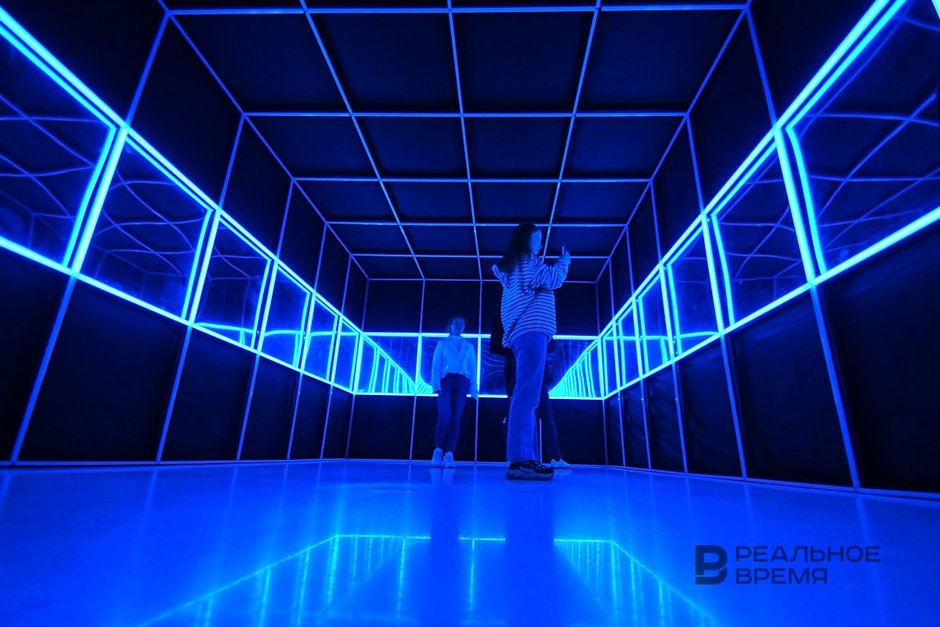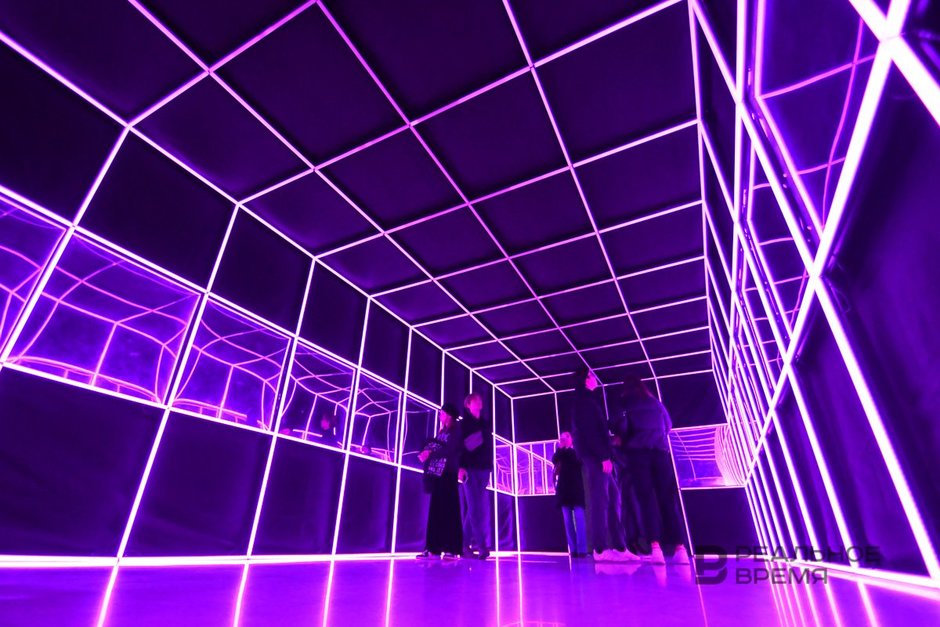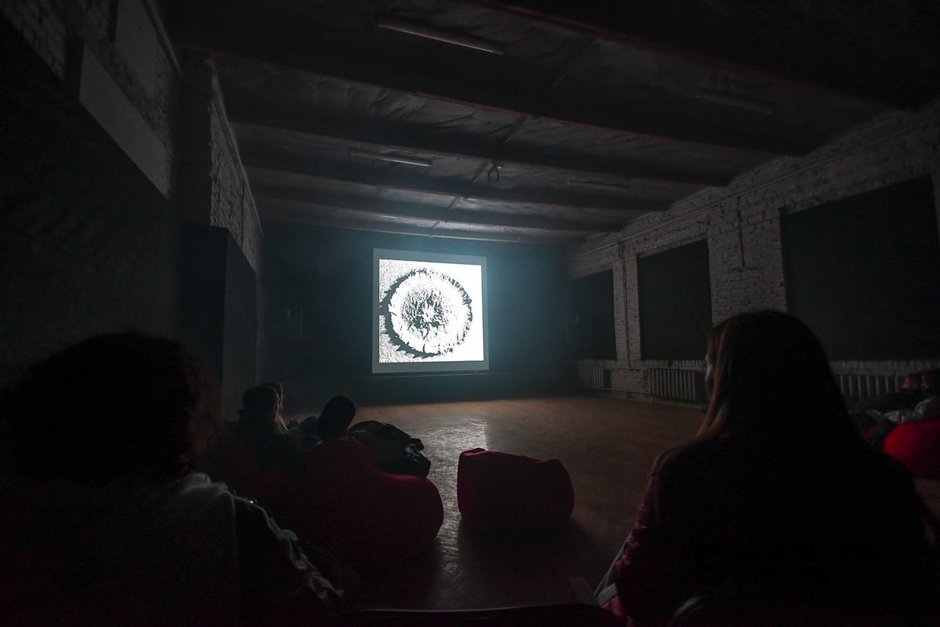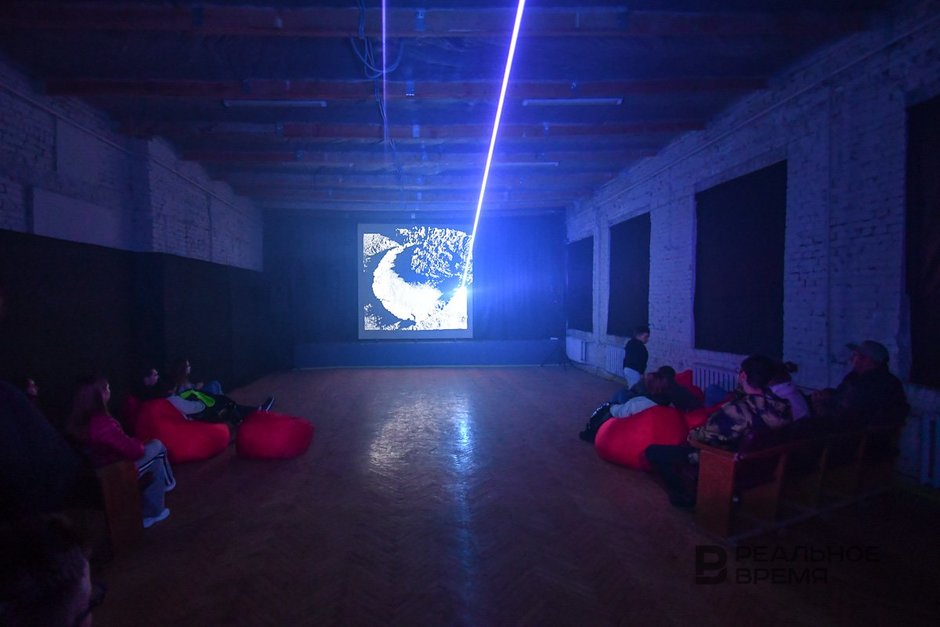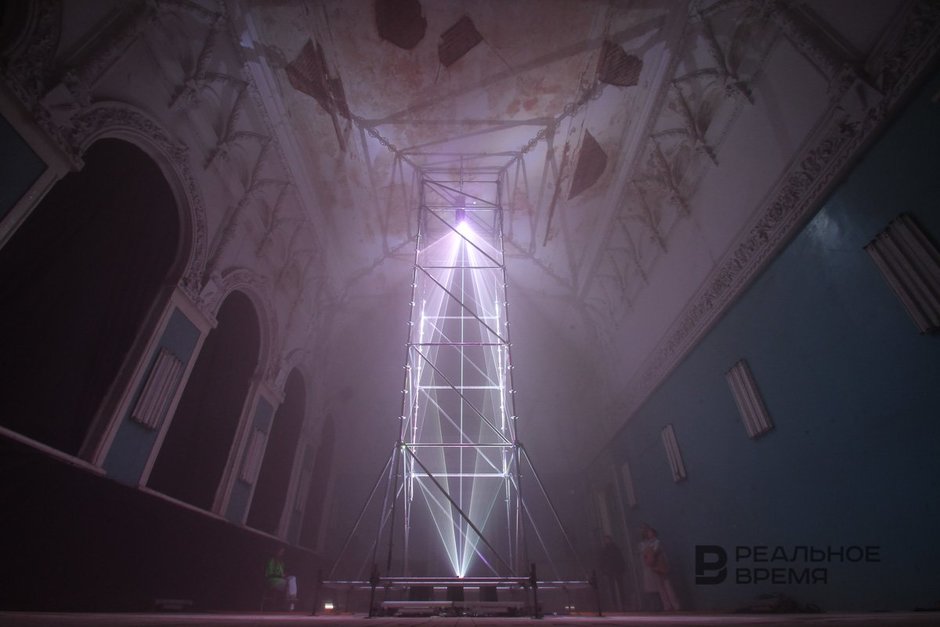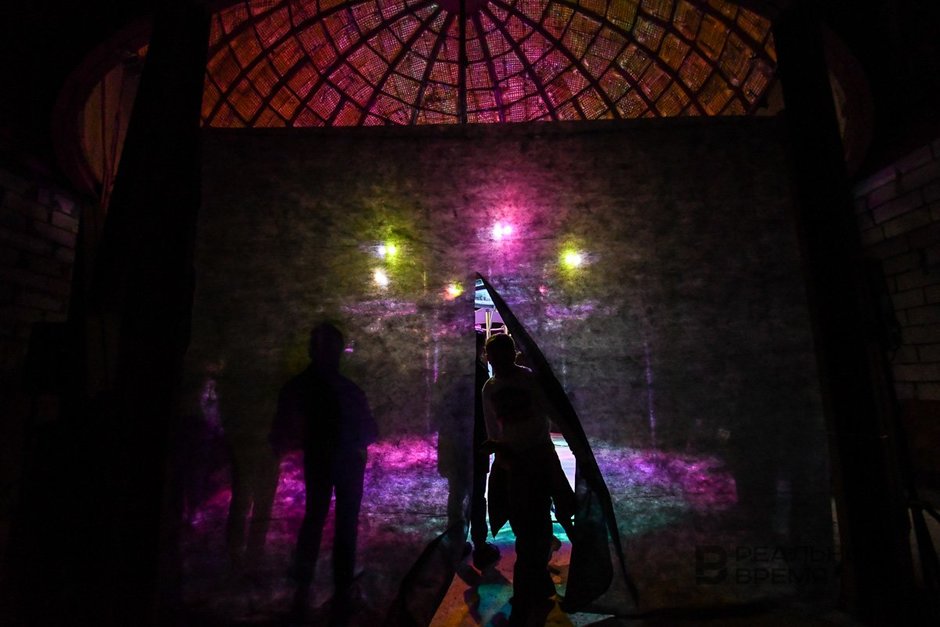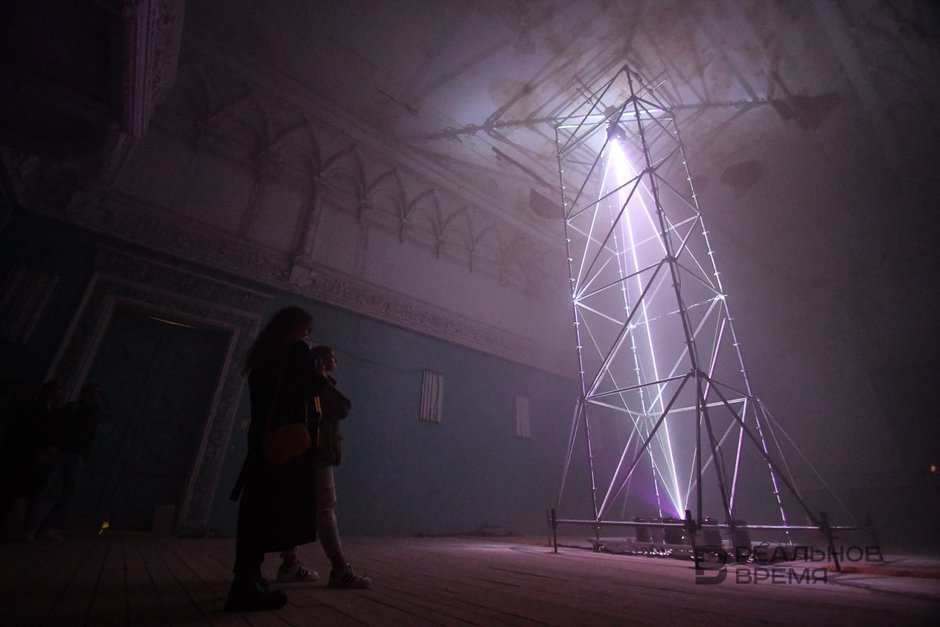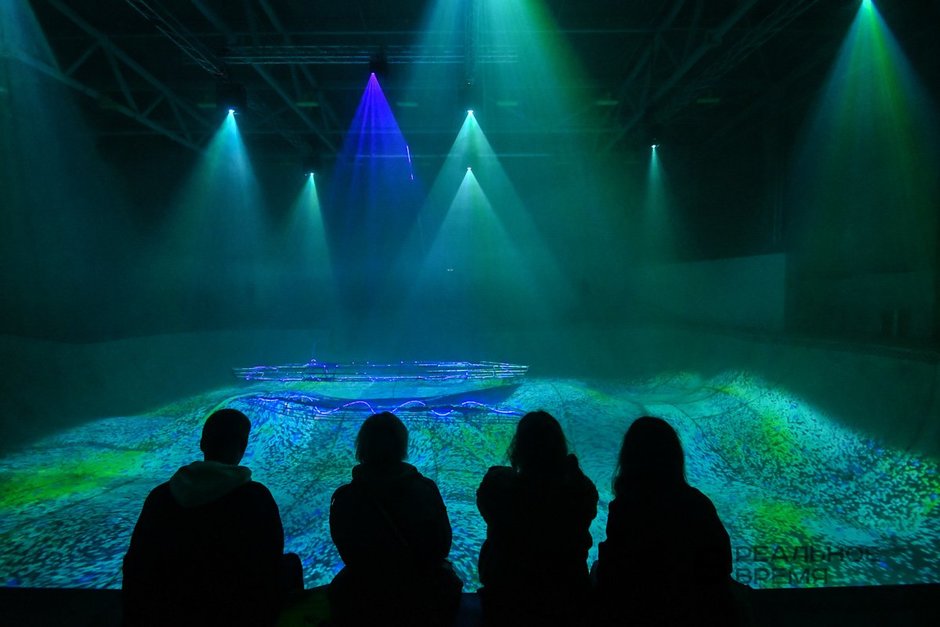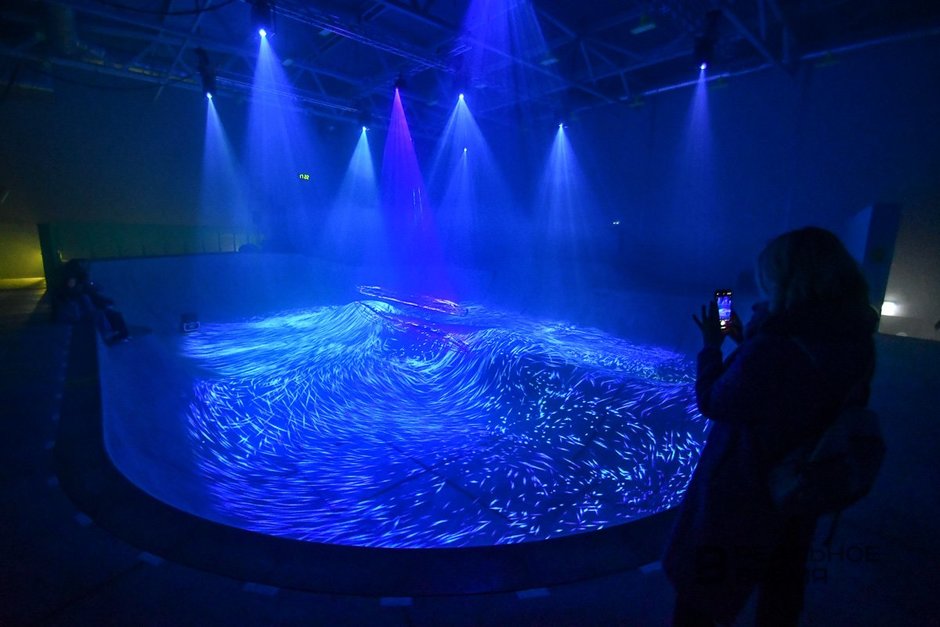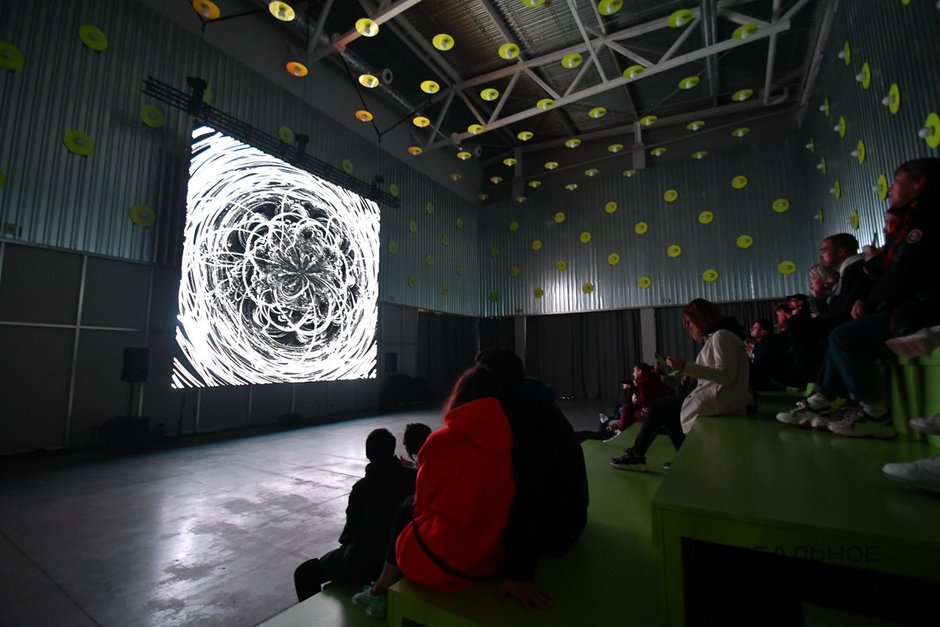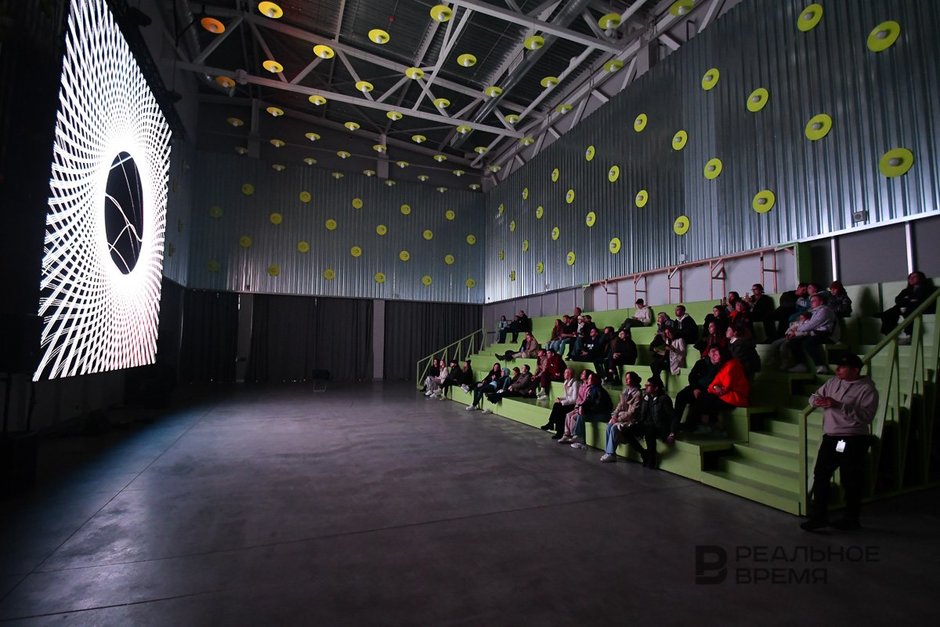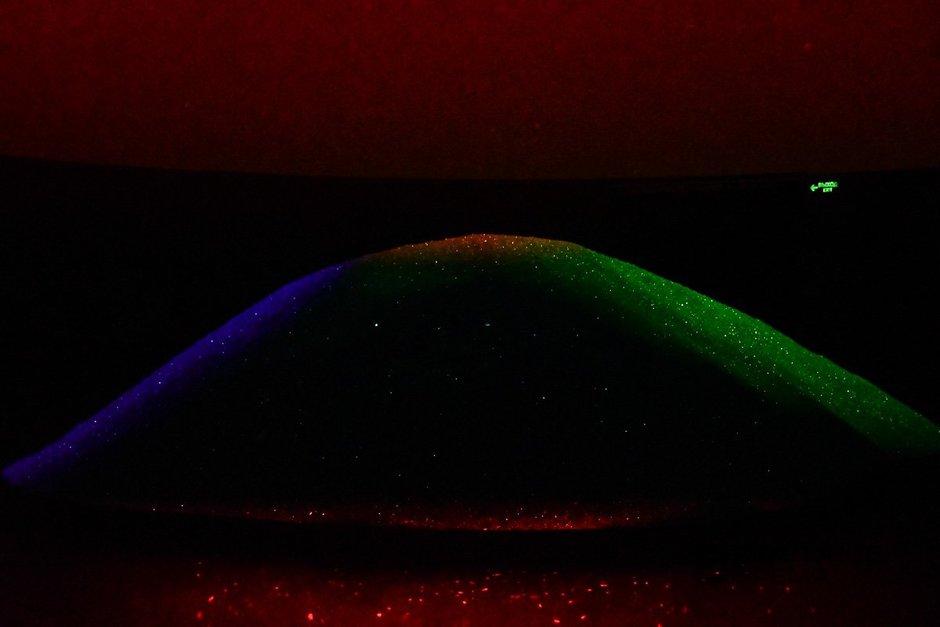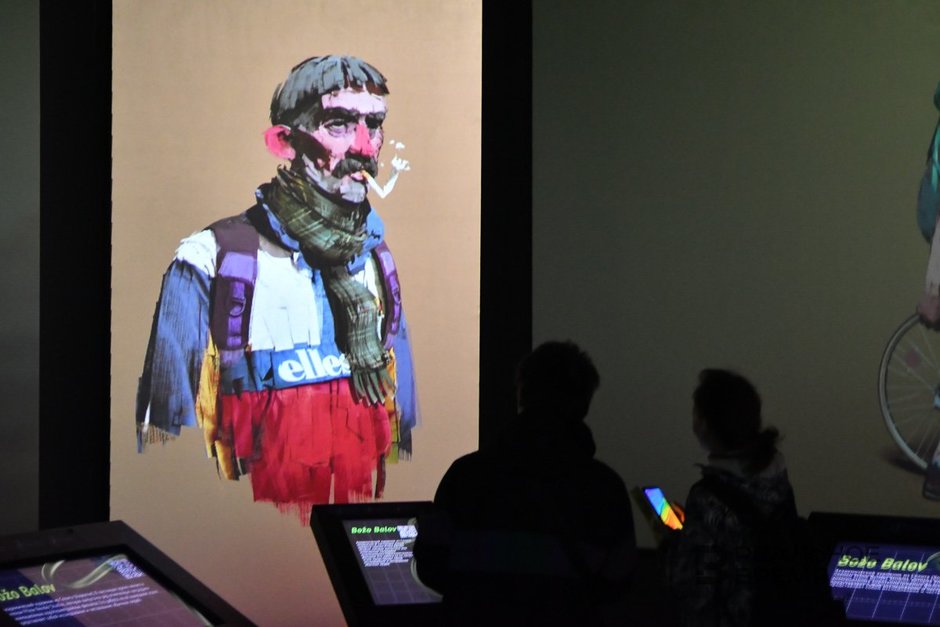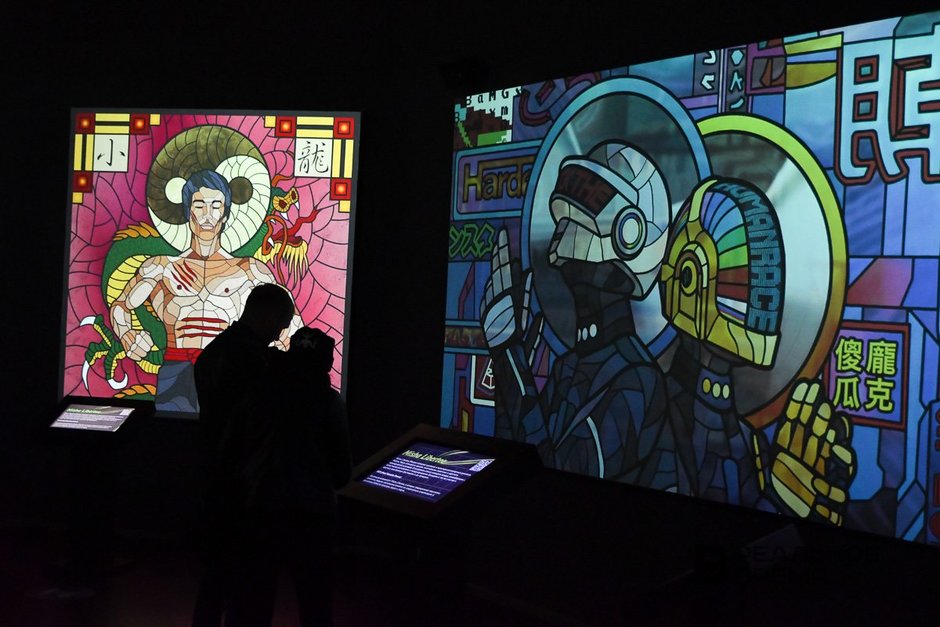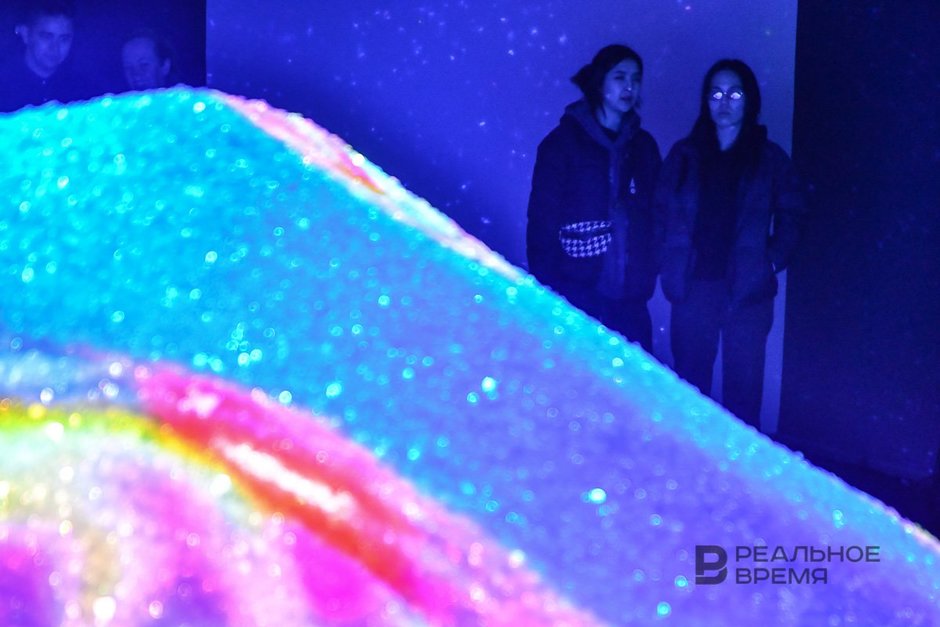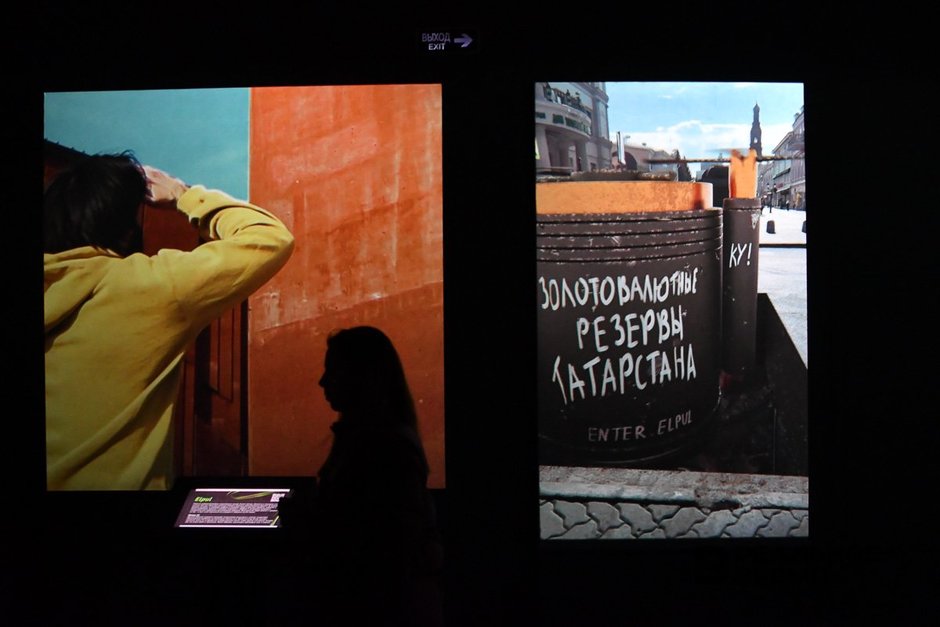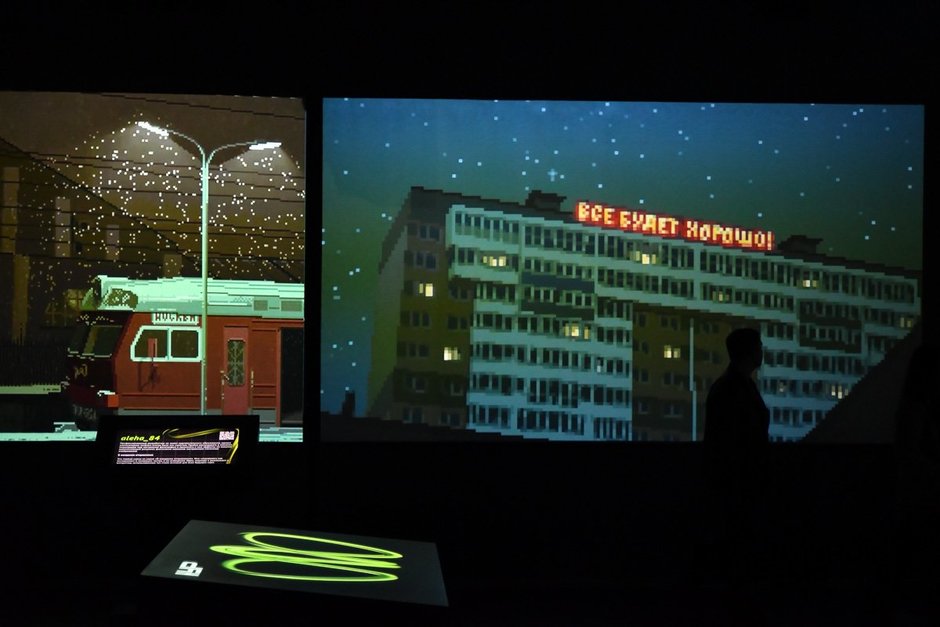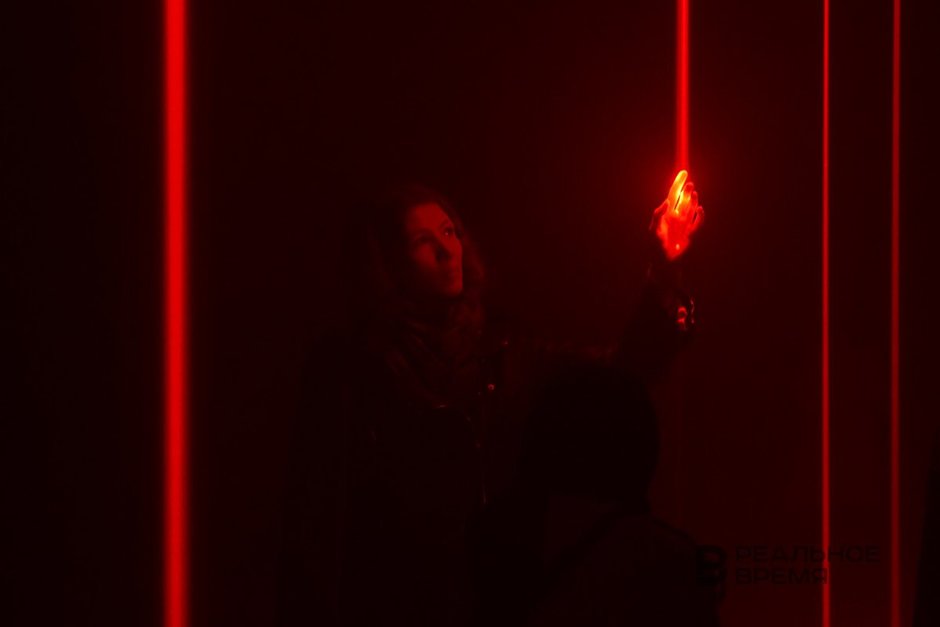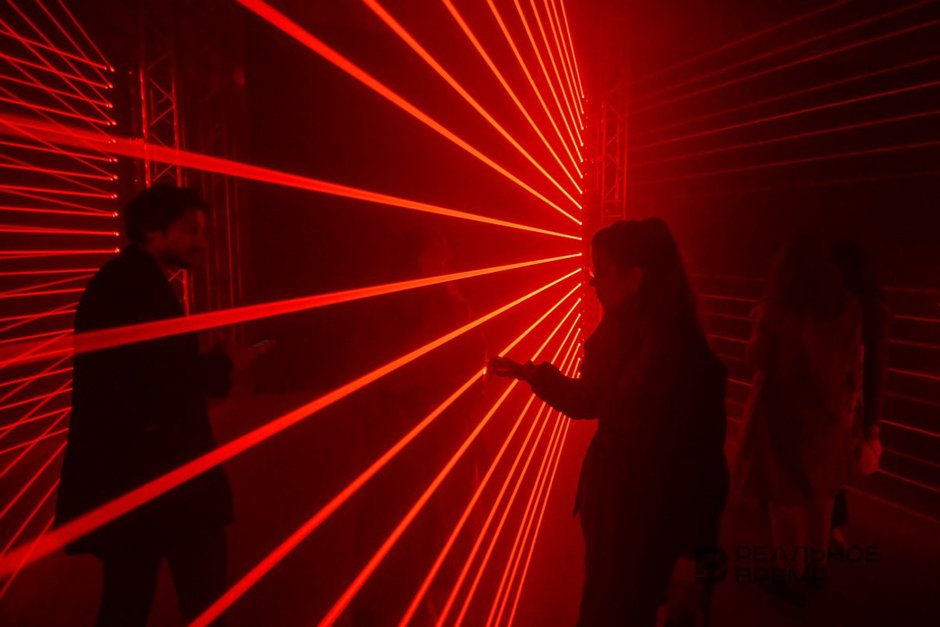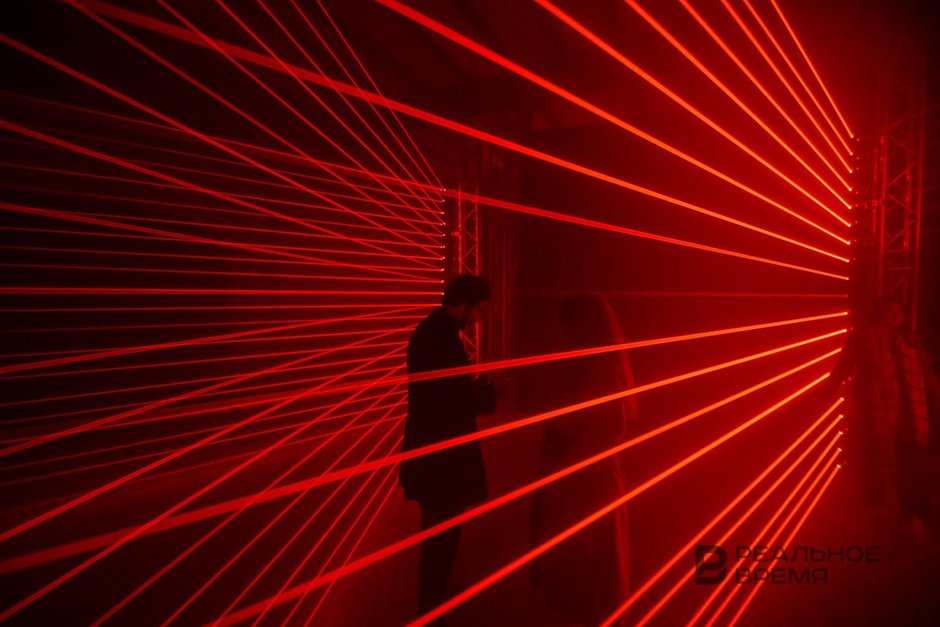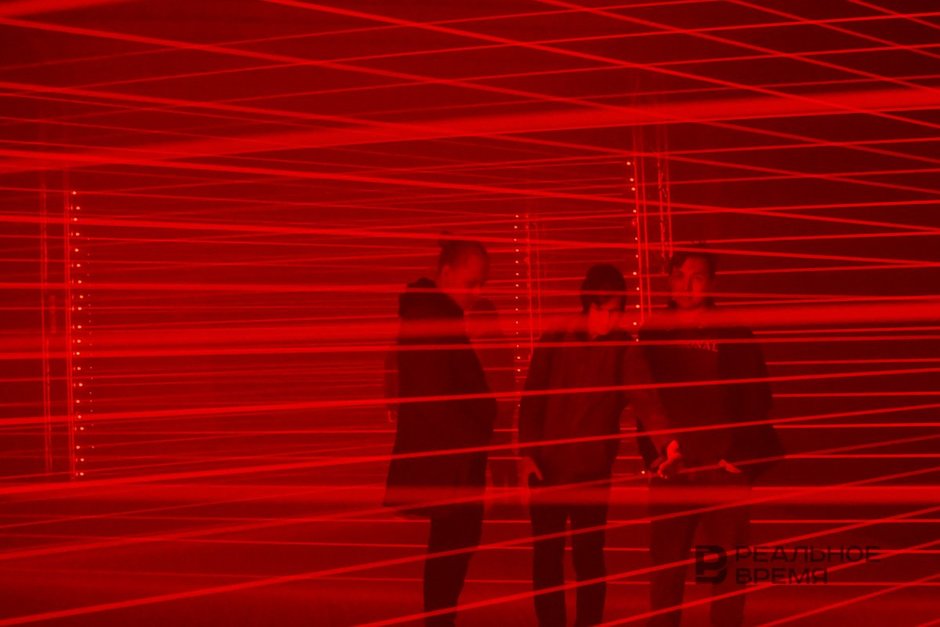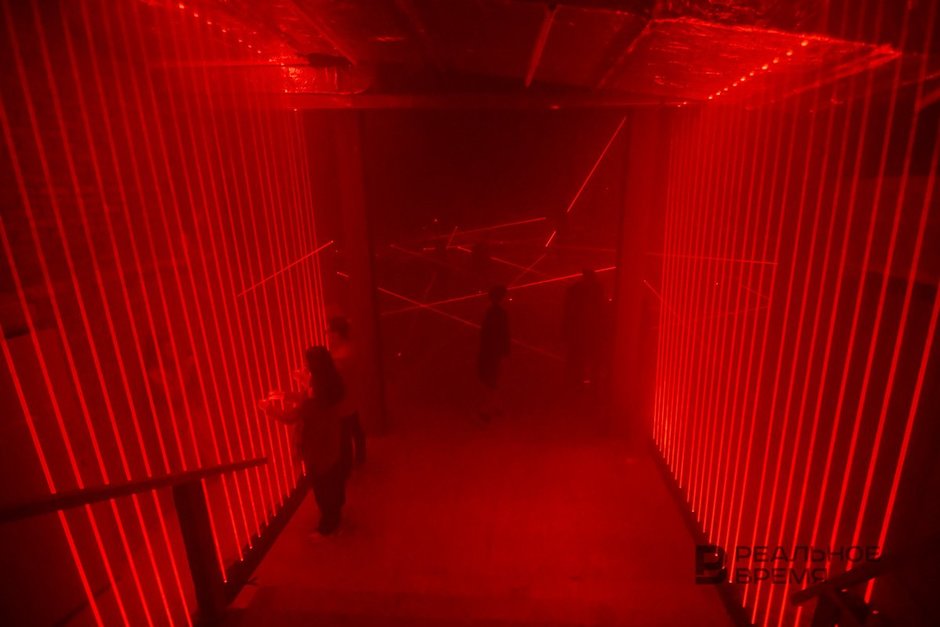‘We kill ourselves too much in such volumes’: how second NUR festival go and what to expect from third one
The media art festival, conceived by a team of enthusiasts, has become even more global
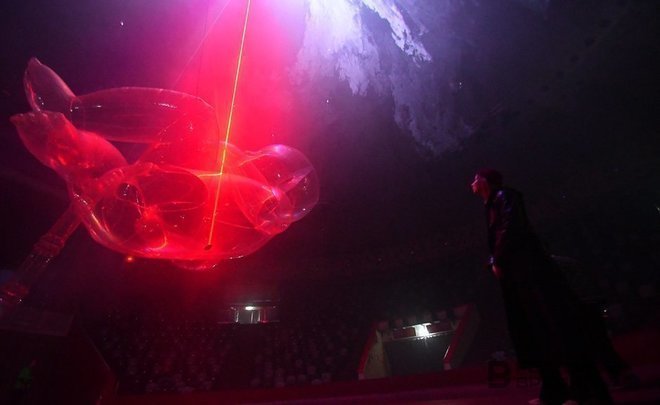
Last year, the organisers of the NUR media art festival assured that they were holding it for the first time, but not for the last time, and they did not lie — it is being held in Kazan for the second year in a row. Now there are more venues, artists and installations. The current festival is expected to surpass last year's both in scale and in the quality of works presented, and the organisers have already dared to talk about the third festival. About how NUR grew up, how much the current festival cost, what plans the organisers are building, and even more about media art — read in the material of Realnoe Vremya.
Total cost of the festival is 16-18 million rubles
The NUR Media Art Festival has been held in Kazan for the second year in a row, which has managed to grow noticeably over this time. 152 people from different parts of the world took part in the creation of works of art. This is almost twice as much as last year. Exhibitions, lectures and installations are located at 13 locations in the city.
According to the creator and curator of NUR, Rashid Osmanov, it was easier to create an event of this scale this time, despite the scope of the event.
“According to my inner feelings, the festival has become x3. It has improved three times, increased, and become more global. This is also noticeable by installations, in their constructions physically. This is also noticeable by the level of participants. <...> I will say this: probably, there is nowhere higher. Here are the top Russian media studios, artists. Further only if we still achieve an international line-up," Osmanov said.
If last year the festival was organised without assistance in financing from the republic and the city, then this time the Presidential Fund for Cultural Initiatives, the Ministry of Culture of Tatarstan, and Ak Bars House have become interested in the event. With the support of companies, some exhibitions have been implemented.
However, despite some financial support this year, the organisers still took over the bulk of the costs. . Even the artists whose works were presented at exhibitions created for free.
“But this is also a very large support. Thanks to them, this section has become possible to some extent. It turned out that the Ministry of Culture helped us at the last moment, even financially. The exhibition of digital art, which is organised in the pavilion with the support of the Ministry of Culture of Tatarstan. Most importantly, we won a presidential grant — 4 million," said the organiser.
Four million rubles, as it turned out, is a very small part of the amount of financial costs for the entire event. Total cost of the festival is 16-18 million rubles. As the organisers admit, risks were immediately put into the amount.
“Why do I say 16-18, because there are force majeure. You should always put 1-2 million on top. The festival began, and then one thing led to another at the height of the event. And when you are in the midst of it, you can no longer negotiate, you have to pay," the creator and curator told Realnoe Vremya.
NUR presents works from different parts of the world, despite the barriers
Despite the current restrictions, the geography of the festival is amazing: digital artists from 18 countries have created works that are exhibited in Kazan. And this is taking into account the lack of fees.
According to Osmanov, artists from the USA, China, Germany, Iran and other countries of Europe and Asia, despite the political situation, freely met the organisers. For example, Mexican artist Andres Molina personally attended the festival for three days, and on the first day he gave a lecture on the principles of creating audiovisual performances using the example of laser performances. “The Mexican didn't hesitate for a minute. They asked if he would come, and he immediately agreed," says the organiser of the Osmanov festival.
“We did not face either hate or statements like “guys, we will not come to Russia” <...>. There were no problems in the end. The front did not split into East and West. Yes, people are different. Art is outside politics," the organiser noted. “Of course, it can't be like that at all. It somehow reflects it. It somehow affects anyway. But fortunately we communicate with individuals. Individually, a particular artist has no complaints, and everything works. Here he presents himself as a personality.”
They also did not forget about their fellow countrymen. More than half of the artists are from Tatarstan — 28 out of 42, which is not a small number for the republic, where media art has just begun to flourish.
“This is still in its infancy in our region. Here in Kazan, we do global installation things and a couple of other teams that seem to be cool," says the creator. “But they don't have any experience in production yet, namely in heavy setups of some difficult ones. Yes, at the level of “one projector, sound, microphone, something interacts” — it's cool. But some kind of conceptual component...
One of the problems of digital art in Kazan, according to Osmanov, is gigantism. Installations of huge size, of course, are amazing. However, this is not the only thing that can be created with the help of light and sound. NUR combined works of art of different formats, he noted:
“We are still balancing, and I like it. As a spectator, I want to sit comfortably somewhere in the hall of a garment factory, where 10-15 people are, and enjoy the medium format. It's not like we don't call Kazan guys.”
“The installation has no function to arouse interest”
Laser corridors, large-scale sound and light installations, multimedia performances — that's what NUR is about. For many ordinary people, media art is still unexplored territory, shrouded in mysteries.
“The installation has no function to arouse interest. We'll give it up right away. The installation does not have the function to arouse interest, amuse or something else. Art doesn't work that way. Art, it can inspire, it can sometimes sadden. It carries different things. But in general, if we speak in simple terms, <...> for the average viewer, absolutely everything is clear. But when I say it clearly, it's all based on emotions and feelings. It's not like you have to come and figure out what it was about. This should be abandoned," Osmanov explained. “You need to come to the festival just to feel, at the level of emotions. You like it, you don't like it, you admire it. An artist can have different goals. He can purposely do things that you don't like.
A small box with artificial intelligence avidiovisually makes it clear that it does not like someone else's presence. When approaching, it is protected by harsh light and sound. Although not very attractive in appearance, this work still remains interesting. Over time, it gets smarter and adapts to the surrounding conditions.
By the way, the unsociable box, whose concept was invented by Osmanov himself, lives in the Tainitsky Tower. As the ideological inspirer of the festival himself notes, this is an installation within an installation.
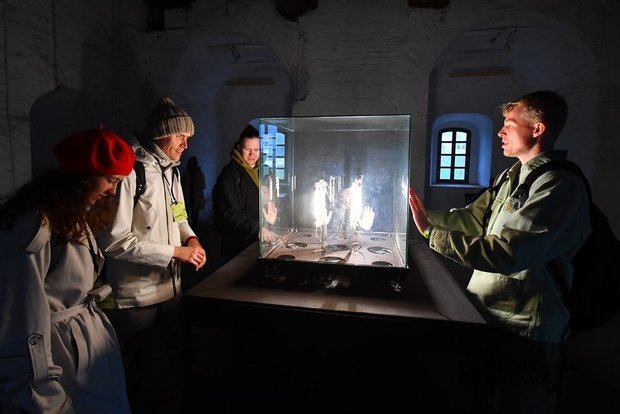
Another feature of media art is temporality. It works here and now. Such objects cannot be left, lost, stolen, touched, like, for example, a painting. When all the equipment is turned off, the audience is left with only emotions from what they saw.
“Media art is when technology, art and science come together. In simple terms: if Van Gogh had not paints, but a computer, he would have been a digital artist. This is when an artist uses some kind of technology instead of tools. Light, projector, sound, wires," Osmanov continues for Realnoe Vremya.
In 2023, NUR will become smaller, but better
Techno music, trance-inducing, floodlights and even... robot. This is how the closing night programme of the festival took place in the Werk art space, which was converted from an abandoned furniture factory three years ago. The team of the founders of djing in Russia chose musicians for the bright completion of the three-day marathon of art.
“A separate ethno-psycho-trance collective came to us. Something like that. There are a lot of different cool DJs here. Music of various genres. We selected in such a way that everyone liked. It's not just wild trance or techno, it's all together," Didar Orazov, the organizer of NUR, told Realnoe Vremya.
The second festival, expected to surpass last year, has come to an end. It's easy to guess what Kazan residents will expect next time. But, according to Rashid Osmanov, he plans to abandon the scale of the current festival and wants to make it even more intense.
“I even have a format. We want to try to sharpen something a little by the third festival, finish something off. According to my personal feelings, the festival is still too big. I would reduce the number of locations. Of course, this has its own charm, but we erase our hands, feet, eyes, knees, head. We kill ourselves too much in such volumes. I would do it more compactly, but better," Osmanov told Realnoe Vremya.
